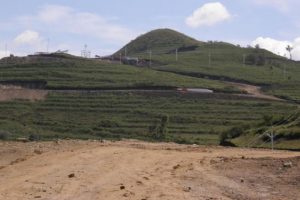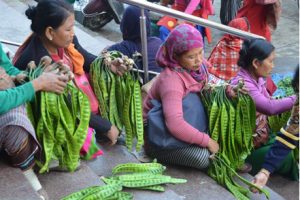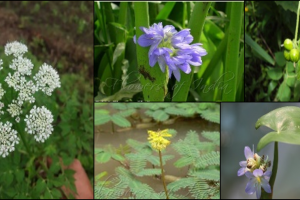EDITORIAL

Welcome once again to a fresh bunch of reading. We are now in the middle of the year and are gradually accustomed to our new secluded digital life. However, the sphere of negativity has new rays of hope, like a comparatively better recovery rate from the infection, full swing in the vaccine development program, rebooting the public healthcare system, and an exploration of the full potential of digital platform. We anticipate our newsletter will be a treat to the interested readers at this evolving time.
This issue commences with an article on human-nature interaction in the background of the Indian state of Kerala. A brief but illustrative discussion on how changing perception of environment to humans affects our ecosystem and surroundings; and also how instant materialistic benefits blind people towards its long-term bleak consequences and how a competitive social welfare system effectively deals with the health emergency like COVID-19. Hope this article will instigate us to rethink our traditional practices and societal values that related to a harmonious stay with nature. Our second article is on Non-Timber Forest Produce (NTFP), a valuable livelihood resource for the majority of forest dwellers. Being a topic of continuous debate on over-harvesting, loss of genetic diversity, effective as well as failed management, NTFP offers a diverse array to study, from policy formulation to framing economy. The author penned down his long time research experience on NTFP for general readers with his subtle language and complementary examples.
For wild food section and glimpses of nature, we present the whereabouts of the members of Monochoria, Mukia, Neptunia, and Oenanthe obtainable from waterbodies to climbing walls. Not only as vegetables, but they also find their way as ingredients in non-veg preparations, in spicy condiments, and even as snacks like Dosa. We wish that our readers will enjoy these culinary delights and happily engage themselves in finding alternative foods. Similarly, snippets tell us about artificial intelligence, fiery hot Piper chaba, floral pollution and remedy, and beautiful rime – the ice flower.
Wish you all a happy and enjoyable reading.
Stay safe.
RAJASRI RAY
ARTICLES
Musing over the Kerala Model of Development in the light of recent extreme events
In the last two years the State of Kerala, had to face devastating events during the monsoons; a synergic corollary to the lopsided evolution of the Kerala Development Model (KDM) forced upon its ecoscape by the zealots of ceaseless growth-based development pattern and relatively extreme climatic events. Meanwhile the state also had to face epidemics, first a zoonotic outbreak (a local outbreak of Nipah incidences) and currently a pandemic by the SARS-Cov19 virus. Extreme climatic…
Harvests shrinking? Challenges for sustainable harvesting of non-timber forest products
Humans have lived in and around forests for tens of thousands of years and have been using forest to meet their daily requirements of food, shelter and even clothing. These include a number of forest products such as fruits, seeds, mushrooms, foliage, tubers, medicinal plants, spices, stem, bark, resins, oils, animals and birds including their fur and feathers, etc and these are often considered as non-timber forest produce (NTFP). These NTFP products were earlier popularly…
WILD UNCULTIVATED EDIBLE PLANTS OF INDIA
Wild uncultivated edible plants of India
Part 6 (……after part 5) Monochoria hastata (L.) Solms Family: Pontederiaceae This aquatic plant is a common weed of the rice fields of India. It is usually seen in shallow waters, erect, and occasionally creeping, with floating leaves and rhizomatous stem. It is only recently that the edibile and the nutritional value of leaves and flowers of this plant are recognized among nutrition enthusiastic. Flowers, leaves and rhizomes are rich in mineral content and are…
GLIMPSES OF NATURE AND CULTURE
Glimpses Of Nature And Culture
Some like it Hot…….. and Spicy It is difficult, if not impossible, to imagine our food without the hot and spicy flavor of green chilies. But, green chilies were the recent introduction to India in the fifteen century by the Portuguese traders. So, how was life before the arrival of green chilies? Did the absence of chilly mean no hot no spicy food? Was hot and spicy flavor squarely unknown to Indians? If not, what…




